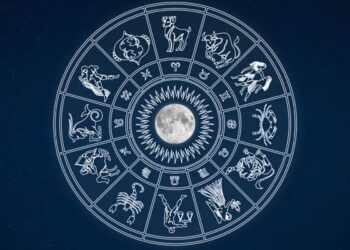
Look up the sky tonight and you may just be able to see a beautiful Camelopardalid meteor shower.
This spectacular moment will happen when the Earth passes through the part of Comet 209P/LINEAR, said Mohamed Redzuen, a research officer from the National Space Agency (Angkasa)
Redzuan said as the comet gets closer to the sun, it would melt and evaporate and at the same time, some bits of the comet would break off.
“When the Earth passes through the comet’s path, these bits will enter the planet’s atmosphere and burn, which is what we see as shooting stars,” he added.
Tons of astronomy enthusiasts around the world have geared up to watch the meteor shower this May because it has been predicted that Earth might be sandblasted with debris from the comet, resulting in a fine display of meteors or shooting stars, today and tomorrow.

Based on the information provided on earthsky.org, the P209/LINEAR is known to be a periodic comet.
Its orbit around the sun is said to be relatively short and it goes close to the sun every five years.
“The best time to look out for the meteor showers in Malaysia would be between 2pm and 4pm tomorrow”, said Redzuan.
About 100 to 400 shooting stars are expected to be in the atmosphere in an hour, he added.

“That translates to about two to six shooting stars every minute. However, Malaysians will most probably miss out on a good view of the meteor display at its peak as it would be in the afternoon, but one will still be able to catch a little bit of the start and end of the phenomenon. Also to note that everything is based on prediction, so we are not sure of its accuracy,” he said.
Redzuan also said those who are interested to see the meteor shower could do so at 8pm tonight and tomorrow night.
The session is expected to end by 3am on both days due to the brightness of the moon at the time.
“No gadgets are needed to see the meteor shower. All you need to do is find an open space with minimal light pollution, look up and wait for it. It can appear from any direction but international astronomers predict that more shooting stars would be seen from the northern sky.
“It is best to lie down, so find a comfortable place away from artificial light sources, where the view of the sky is not obstructed by buildings or trees.
“Also keep your fingers crossed for a clear sky as clouds can hamper your efforts,” he said.
According to Redzuan, Angkasa made no plans for any special activity but will try to capture the phenomenon from the observatory in Langkawi.
Astronomy photographer Gradient Lok said he would not capture the meteor shower from anywhere in Kuala Lumpur or Selangor due to excessive light.
“Chances to see it from Kuala Lumpur are very slim, unless the shooting stars are very bright.
“The nearest place to Klang Valley to see or take a good shot of the meteor shower would be Fraser’s Hill or Bukit Tinggi in Pahang,” he said, adding that those living in the outskirts of the capital city such as Sekinchan, Kuala Selangor, Klang, Rawang and Ulu Yam could try their luck to view the meteor shower.
Universiti Sains Malaysia (USM) Astronomy Club adviser Assoc Prof Dr Chong Hon Yew said the USM Astronomy Club was inviting the public to watch the phenomenon from the campus’ hockey field at 9pm tomorrow.



